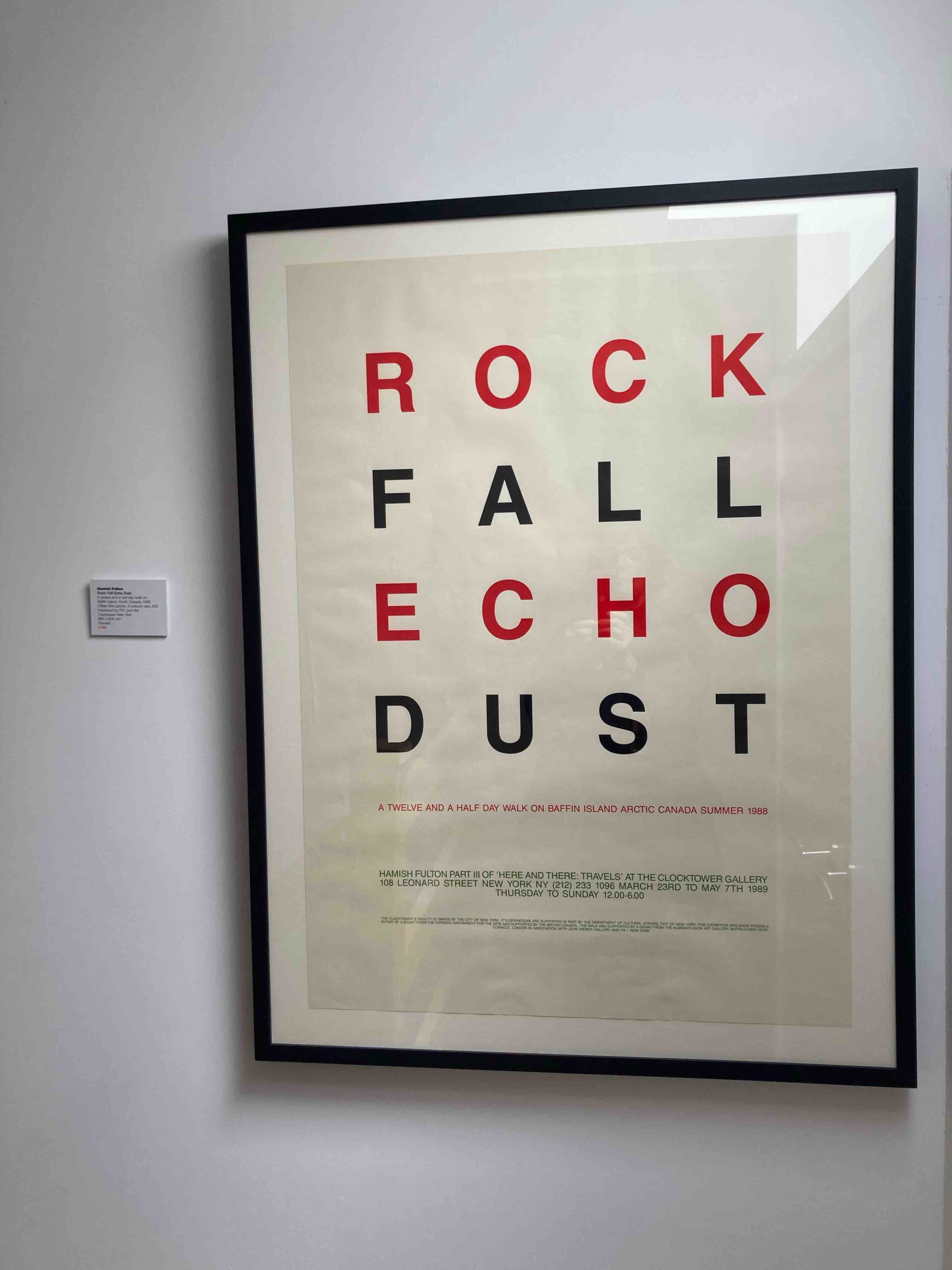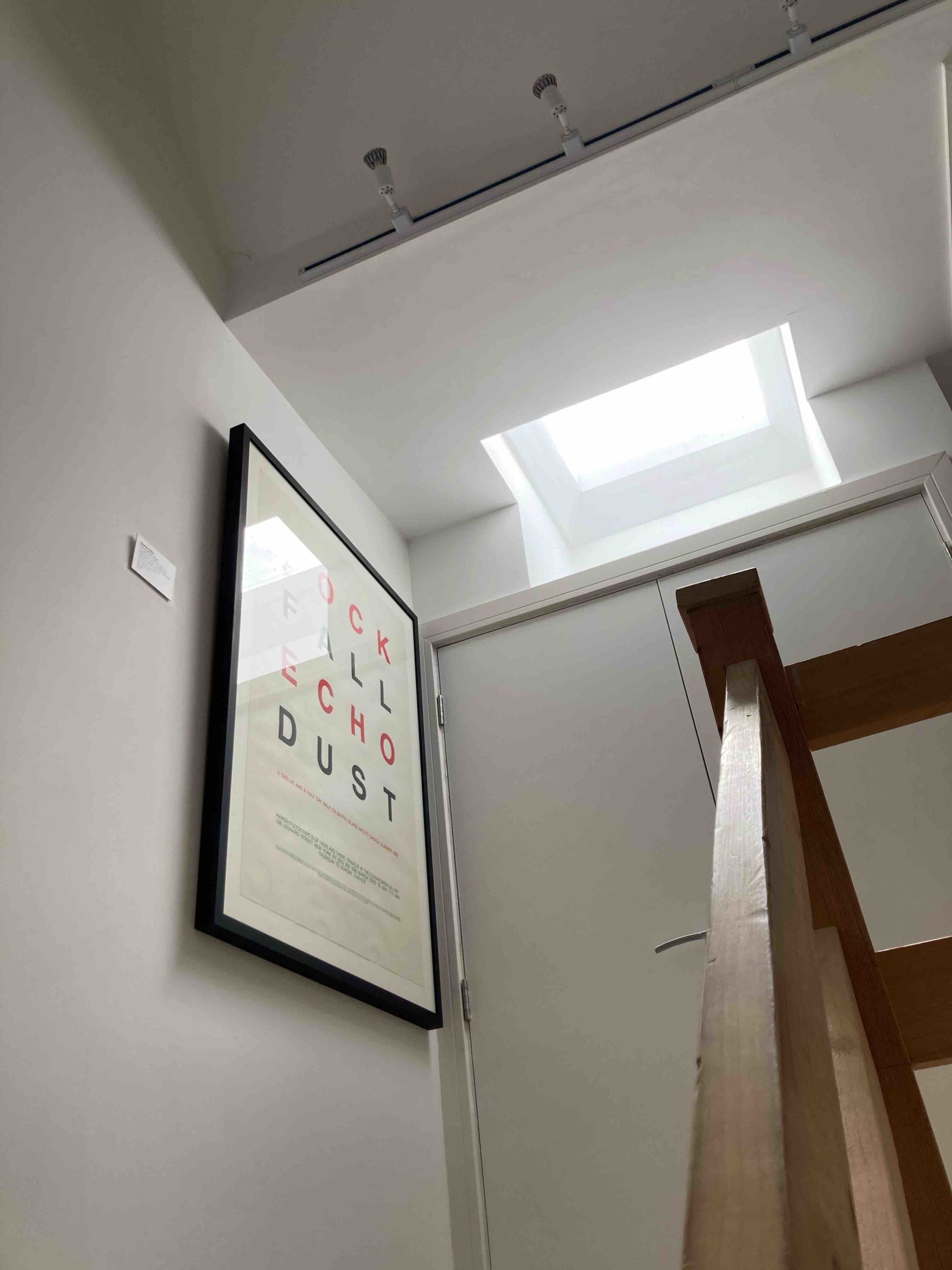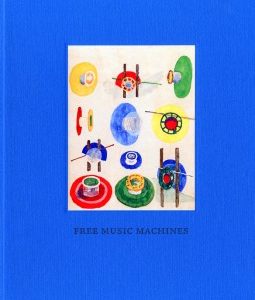£125.00
Hamish Fulton Rock Fall Echo Dust: A Twelve and a half day walk on Baffin Island, Arctic Canada, 1988.
Offset litho poster, 3 colours;
edn. 500;
Published by PS1 and the Clocktower New York
885 x 635 mm
Unframed
4 in stock
Description
Hamish Fulton: Rock Fall Echo Dust, relates to a twelve and a half day walk on Baffin Island, Arctic Canada, which he made in 1988. Hamish Fulton is a walking artist. He states that walking is an experience not an art medium, and that what he builds is an experience, not a sculpture. He follows a ‘leave no trace’ ethic, and does not collect materials on his walks for display in galleries. Instead, his work combines text-based statements or descriptions, photographs, maps, or vinyl wall texts.
Fulton’s idea is to communicate ideas arising from his walks to viewers in a gallery. Many parts of Baffin Island are mountainous. Rock Fall Echo Dust describes a fleeting moment of experience following a rock falling to the ground.
A version of the original artwork, painted in acrylic is in Fort Worth Texas. This is a poster, co-commissioned by Coracle Press. The artwork is in the collection of the Tate Gallery, London.
Sold unframed on-line and sent in a tube. Please enquire directly with the gallery if you want a framed copy.
NB Postage costs will need to be added for international transit.
About the artist
Hamish Fulton studied a foundation art course at Hammersmith College of Art. From there he went to Saint Martin’s School of Art, London, 1966–68. At St Martin’s he was a fellow student in sculpture with Richard Long. Their work has elements in common, except that Richard Long often creates artefacts from his walks, whereas Fulton never does. He deliberately diverged from any idea that he is creating sculpture, In the following year he studied at the Royal College of Art, London. He has a considerable reputation and has exhibited internationally for 40 years. Since the 1990s he developed group walks and collaborations with other artists, such as Marina Abramovic and Ai WeiWei – for whom he dedicated a project in the Turbine Hall at Tate Modern, in support of his exile from China.






